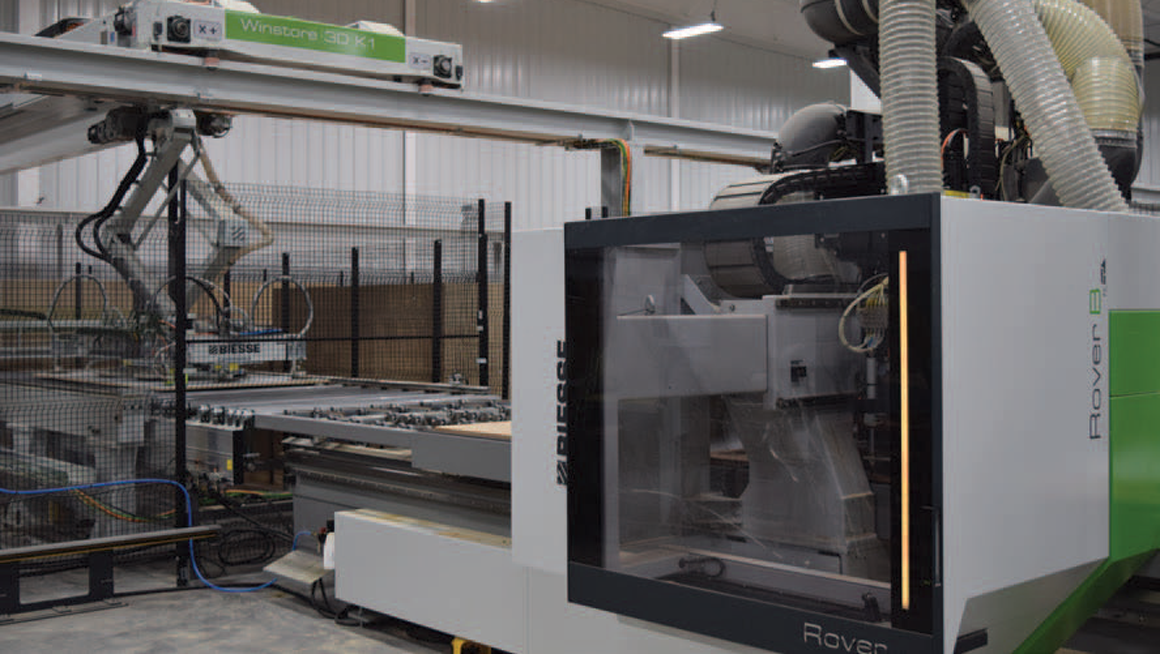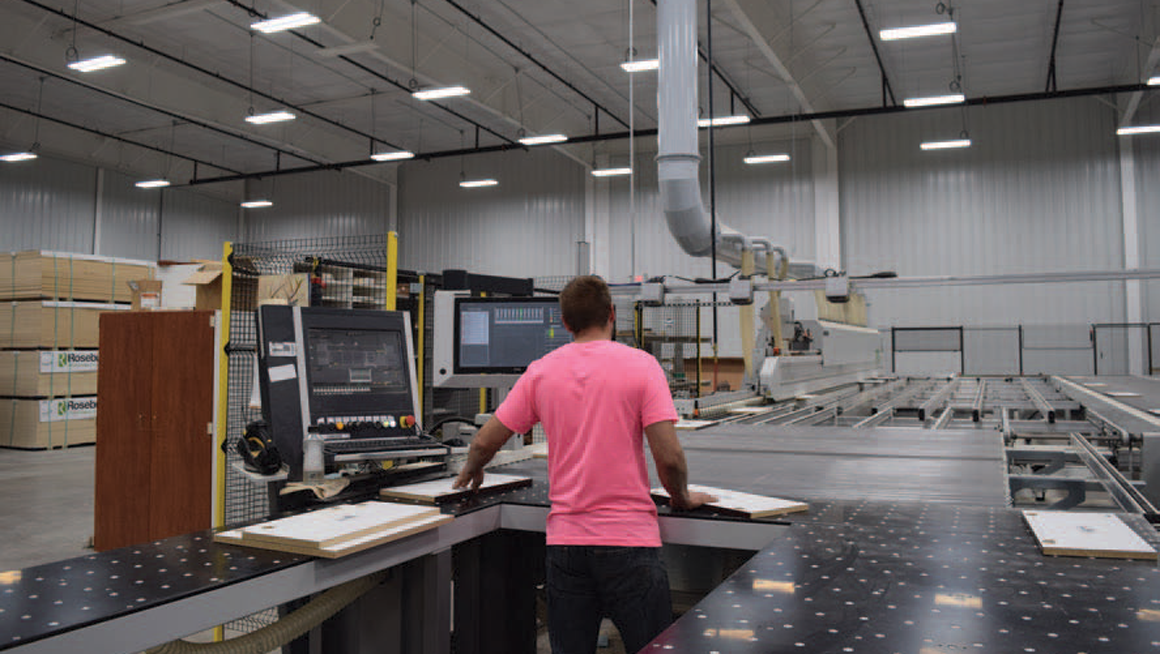In positioning itself for the future, WB Manufacturing already is taking the next competitive step: Industry 4.0
WB Manufacturing makes a great case for technology investment and integration. Less than a year after a major plant expansion, the Thorp, Wisconsin-based cabinet and caseworks manufacturer already is reaping a return on its $1.6 million equipment investment while taking Industry 4.0 – networked production – to a new level. “We’re close to meeting our expectations “The computers think ahead and do all the work,” Kent Barby, Casework production manager and engineer said. The high-tech workcell was installed this spring in the Caseworks department, and already the company is seeing increased productivity – and profit potential – from the $1.6 million investment. The lean workcell begins at the Biesse Winstore automated material inventory system which “looks ahead” to WB’s manufacturing needs and efficiently selects and transports the correct panel to a pair of two-axis labelers. The labelers feed into a new Rover B CNC router equipped with a 42-spindle drill head and a Weeke BHP CNC router with automatic tool changer.
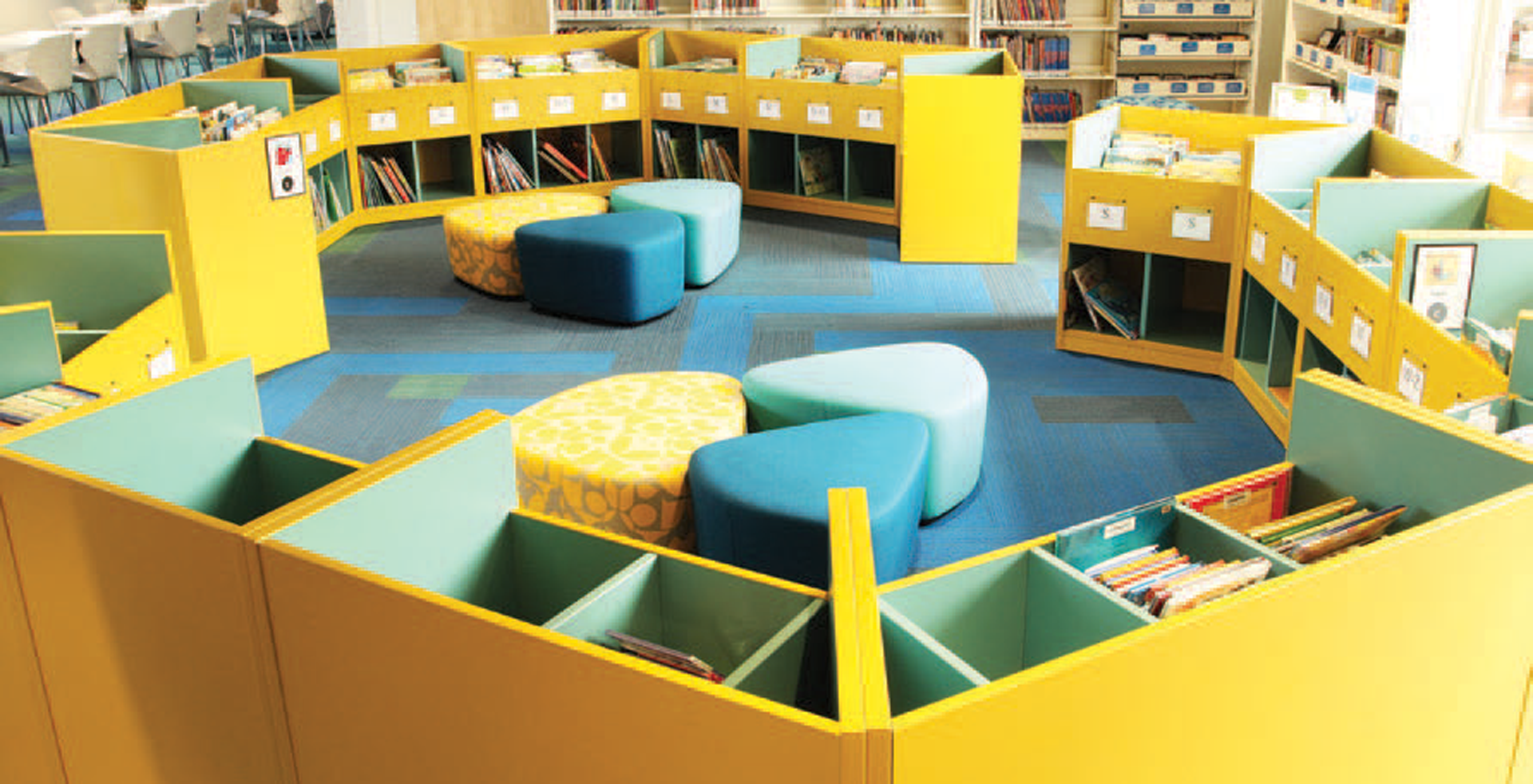
My operator now spends almost no time at all on machine setup.


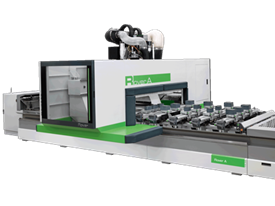
.png)
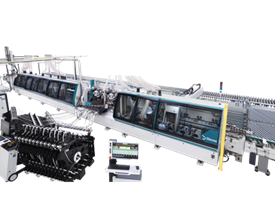
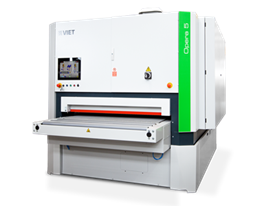
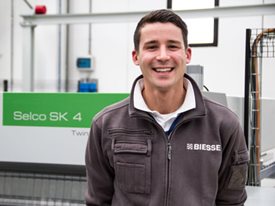
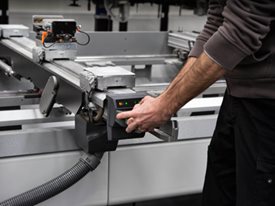


 Worldwide
Worldwide
 Italia
Italia
 United Kingdom
United Kingdom
 Россия
Россия
 France
France
 中国
中国
 Asia
Asia
 Deutschland
Deutschland
 España
España
 Schweiz
Schweiz
 North America
North America
 India
India
 Australia & New Zealand
Australia & New Zealand
 Türkiye Cumhuriyeti
Türkiye Cumhuriyeti
 Middle East
Middle East
 Brasil
Brasil
